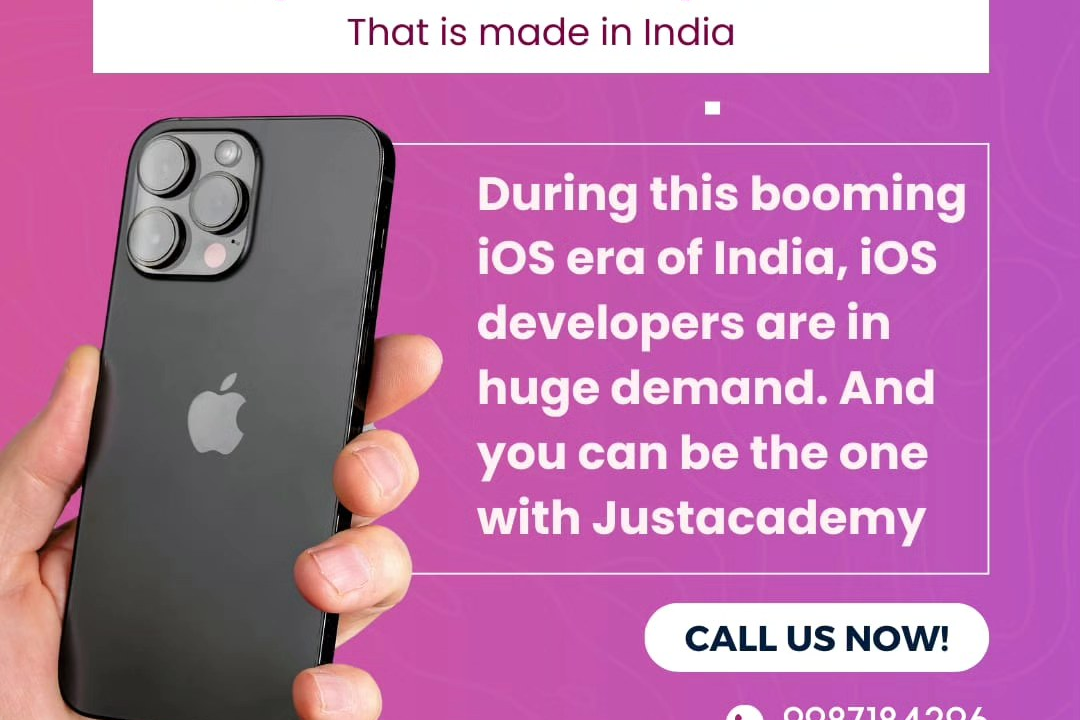Understanding IOS Project Lifecycle
Grasping the iOS Project Lifecycle
Understanding IOS Project Lifecycle
The iOS project lifecycle encompasses the stages from initial concept to deployment and maintenance of an application. It typically begins with planning and requirements gathering, followed by design and prototyping, where user interfaces and user experiences are conceptualized. Development then takes place, involving coding, testing, and iteration, with a focus on integrating features and ensuring functionality. Once development is complete, the app undergoes rigorous testing to identify and fix bugs, followed by submission to the App Store, where it goes through Apple's approval process. After launch, the lifecycle continues with user feedback collection, updates to address issues, and the addition of new features, ensuring the app remains relevant and functional in a constantly evolving ecosystem. Recognizing this lifecycle allows developers to better manage their projects, ensuring timely releases and effective responses to user needs.
To Download Our Brochure: https://www.justacademy.co/download-brochure-for-free
Message us for more information: +91 9987184296
1 - Project Initialization: This is the starting phase where the project is conceptualized. It involves gathering requirements, defining the scope, and identifying stakeholders. Tools like Xcode are often used for setting up the project.
2) Design Phase: Once the project is initialized, the design phase begins. This includes creating wireframes, mockups, and user interface designs, often using tools like Sketch or Figma. The design should align with Apple's Human Interface Guidelines.
3) Architecture Planning: During this phase, a proper architecture (like MVC, MVVM, or VIPER) is chosen to structure the code effectively. This choice impacts how components interact and how maintainable the code will be.
4) Setting Up the Development Environment: Developers set up the necessary tools, libraries, and frameworks. This usually includes configuring Xcode, allowing for smooth development and integration of third party libraries.
5) Coding Phase: Actual development begins with coding the app’s features. Best practices like version control with Git and following coding standards are essential during this phase to ensure readability and manageability.
6) Unit Testing: As features are developed, unit tests are written to ensure that individual components work as intended. This is crucial for maintaining code quality and preventing bugs.
7) Continuous Integration (CI): Implementing CI pipelines allows for automated testing and builds. Tools like Travis CI or GitHub Actions can be integrated to streamline the process and catch issues early.
8) User Interface Testing: This phase involves testing the app's UI to ensure it is user friendly and meets design specifications. Tools like XCTest UI or Appium can be utilized for this purpose.
9) Beta Testing: Once the app passes all tests, a beta version is released to a limited audience. Feedback is collected to identify bugs and improvement areas before the official launch.
10) App Store Preparation: This phase includes preparing the app for submission to the App Store. This involves creating app icons, screenshots, app descriptions, and testing against App Store guidelines.
11) Submission to the App Store: The application is submitted through App Store Connect. Apple reviews the app to ensure it meets their quality and content standards before it's approved.
12) Launch: Once approved, the app is launched, making it available for users to download. Marketing efforts may begin at this point to promote the app to the intended audience.
13) User Feedback & Monitoring: Post launch, user feedback is monitored through reviews and analytics. This helps in understanding user behavior and experiences with the app.
14) Maintenance & Updates: Based on user feedback and the evolution of iOS, periodic updates are made to fix bugs, improve performance, and add new features. Regular maintenance is critical for long term app success.
15) Versioning: Managing the app's version over time is important. Semantic versioning (major, minor, and patch updates) helps in clearly communicating changes to users.
16) End of Life Planning: Eventually, every project may reach its end of life. Planning for decommissioning or transitioning users to a new platform or version of the app is essential to ensure a smooth transition.
Training Program Offer
This structured lifecycle overview serves as an excellent foundation for students interested in iOS development. By understanding each stage, they can better grasp the intricacies of project management, development, and post launch strategies, preparing them for real world applications and challenges they may face in the field.
Browse our course links : https://www.justacademy.co/all-courses
To Join our FREE DEMO Session: Click Here
Contact Us for more info:
iOS Training in Barmer
Salesforce training courses free
Flutter Training in Shrigonda
study for pmp
Android Development Workshops











